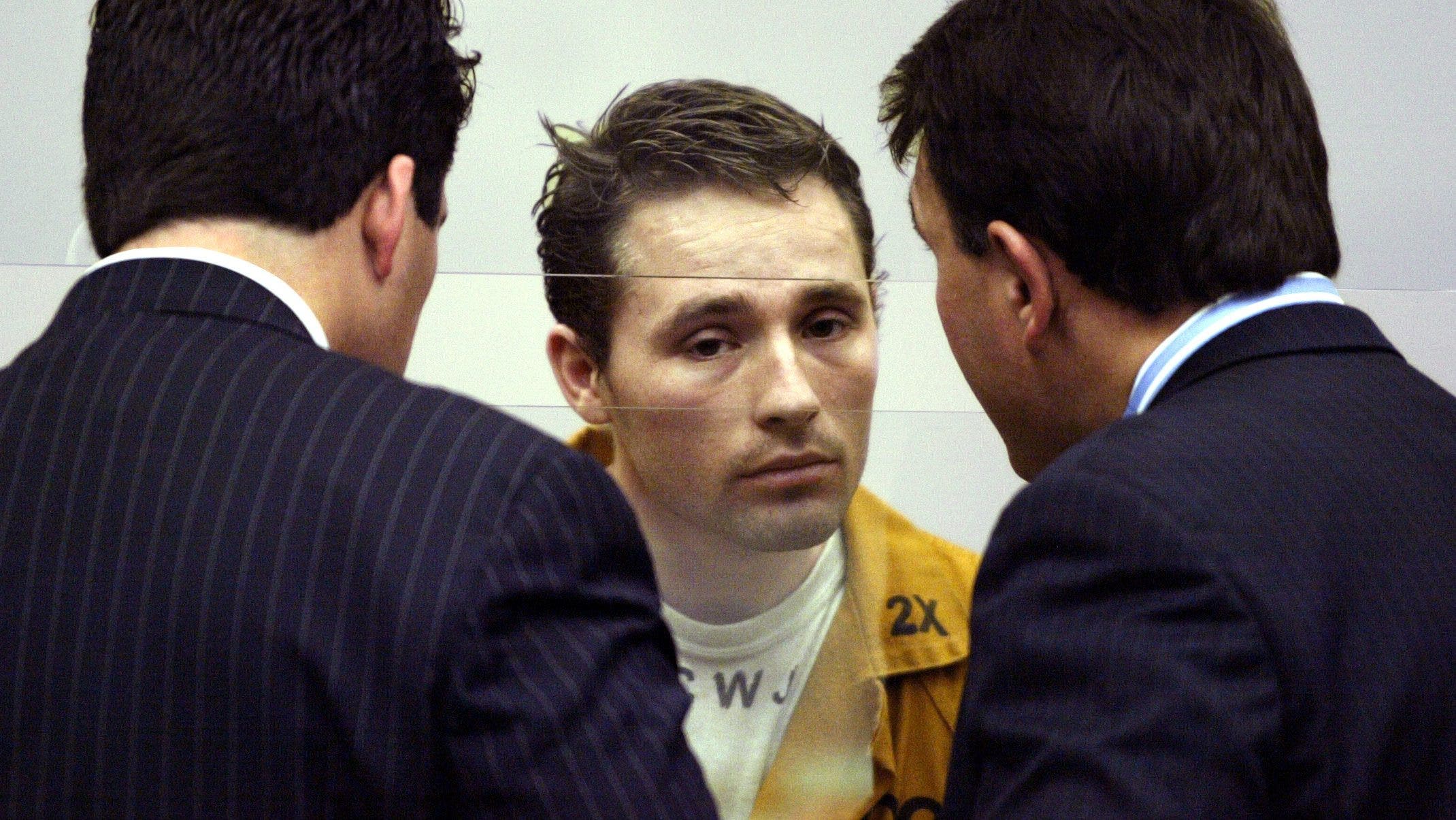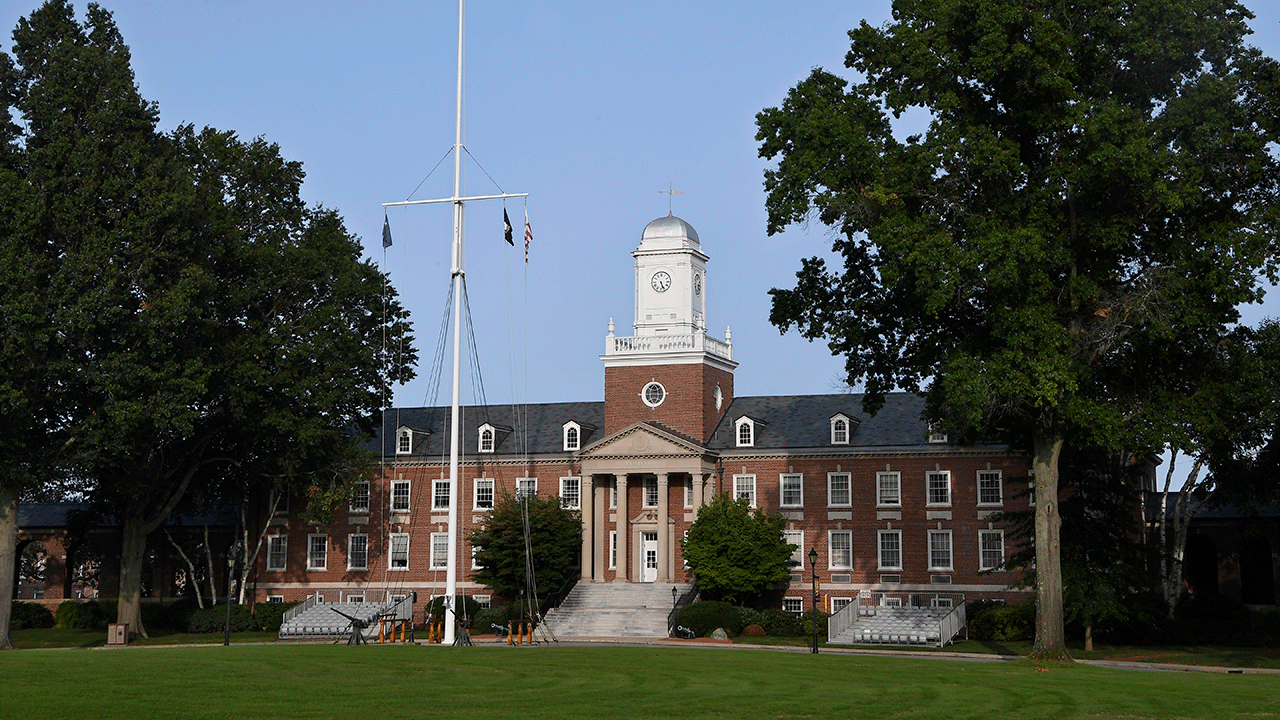When Karen Bass took office as Los Angeles mayor with a mandate to tackle homelessness, Venice Beach was at the top of her agenda.
By late 2022, more than 100 people were living there in wall-to-wall tents alongside seven-figure bungalows, a shop selling $180 linen pillowcases and the Gold’s Gym that Arnold Schwarzenegger made famous.
On a recent morning in the neighborhood, however, dog walkers navigated the wide sidewalks with little trouble, and there wasn’t a tent in sight.
This is what Ms. Bass and her allies say is progress. More than a year into her term, the sidewalks and parks in Los Angeles are, on the whole, cleaner. But momentum in the nation’s second most populous city is fragile.
Inside Safe, the mayor’s flagship program providing motel rooms for homeless residents who leave encampments, is too costly to sustain as the city faces budget problems. The people staying in motels say their lives are in limbo until they get permanent housing. And every day, more Angelenos become homeless and new encampments form.
The mayor is operating on the borrowed patience of her constituents. Some homeowners say that Ms. Bass isn’t moving fast enough. And progressive activists have accused her of focusing more on the aesthetics of clearing tents than moving people into permanent housing.
When she decided to run for mayor, Ms. Bass, 70, was a six-term Democratic congresswoman who found success in Washington. She was also a former social worker and physician assistant who felt tensions rising in her hometown in a way that was unsettlingly familiar.
In the 1990s, Ms. Bass said, voters blamed people struggling with addiction for soaring crime rates. That led to tougher criminal penalties for drug offenses, which fueled a rise in incarceration. In recent years, she saw a similar sentiment taking root toward people living on the street.
“As I went around the city for a year and a half campaigning, it became crystal clear to me that the most important issue around homelessness was encampments,” she said in a recent interview. “I could build all the housing in the world, but as long as there were tents, people would not believe anything had happened.”
In November 2022, Ms. Bass won the mayor’s race by nearly 10 points over Rick Caruso, a wealthy developer who had proposed moving people off the streets — by arrest if necessary — and relocating them to large, emergency tents. When she took office a month later, she immediately declared a city emergency on homelessness to give herself greater flexibility.
Ms. Bass soon after launched Inside Safe, aimed at eliminating the most visible encampments that had long frustrated neighbors.
In the past, when outreach workers offered shelter, they would first put homeless people on a list and prioritized them, in essence, by how likely they were to die on the street. It would then take weeks, sometimes months, to find an available bed — plenty of time to lose contact.
Miguel Santana, a longtime civic leader who was among Ms. Bass’s advisers, said that Inside Safe was premised on the idea that it was a problem “to use the street as a waiting room.”
In the mayor’s first year, outreach workers fanned out to some 35 encampments in the city. They approached residents collectively at each site and talked to them about moving inside. As much as possible, residents from one encampment were kept together at the same motel near the neighborhood they were familiar with. That helped to ensure that communities forged on the street could stay together.
A couple of days later, outreach workers with nonprofits and other agencies would return with buses. The residents were assigned case workers to figure out what aid they might qualify for and where they might go after the motels. City sanitation workers then cleaned up debris and any items left behind.
Eventually, word spread enough that other homeless people would sometimes show up at encampments in hopes of getting a motel room.
The strategy was hardly new, Mr. Santana said. In the early days of the pandemic, officials moved thousands of homeless Californians into individual motel rooms, although many of them returned to the streets when the program ended. But the key difference, experts said, is the level of coordination among officials who had often been at odds.
In her first days as mayor, Ms. Bass met with members of the City Council, who previously took a piecemeal approach to homelessness, and the head of the city’s public transit agency. She told them she needed to show a sense of urgency.
“It was like telling the larger community, ‘We should all take advantage of my newness,’” Mr. Santana recalled. “‘Let’s press the reset button together.’”
The city of Los Angeles is largely responsible for moving people off the streets, cleaning up encampments and enforcing laws within its boundaries. But Los Angeles County runs the agencies that provide long-term housing, drug treatment and health care.
Crucially, Ms. Bass made the short walk uphill from City Hall to speak before the powerful Los Angeles County Board of Supervisors. Longtime city and county officials described it as a rare show of humility by a sitting mayor.
“I actually have seen and felt the difference,” said Kathryn Barger, the board’s most conservative member, who represents a suburban expanse that gives way to ranch land and desert in the northern reaches of Los Angeles County.
Resistance has come more from progressives, who fear that Ms. Bass has reinforced the criminalization of poverty.
“When an Inside Safe operation is occurring on the streets, that location is being shut off for unhoused folks to come back to,” said Shayla Myers, an attorney for the Legal Aid Foundation of Los Angeles, which previously sued the city for allegedly violating the civil rights of homeless people. “That is a necessary response to be able to show progress, but it completely ignores the reality of the cyclical nature of homelessness.”
Ms. Myers said she appreciated aspects of Ms. Bass’s approach, but felt that Inside Safe seems more designed to satisfy voters than to get people off the streets for good.
Karen Jones, 44, became homeless in 2016 after the deaths of her parents, with whom she had lived in Compton, Calif.
She found herself moving in and out of shelters, where she often felt unsafe, and she worried each time that she would end up back on the streets. She found that living outside was most tolerable in Echo Park, a gentrified neighborhood north of downtown. Ms. Jones spent her days walking and walking, and nights huddled where she was least likely to be hassled or attacked.
She was wary of Inside Safe because promises of shelter had fallen through before. But as rain deluged California last winter, she was eager to sleep somewhere other than in her leaky tent.
Ms. Jones ended up at the Hotel Silver Lake, perched on a hillside with sweeping views of Hollywood. “I was like, ‘This is too good to be true,’” she said last summer.
By December, she found a job working in a warehouse twice a week. She visited her son and grandchild across town when she could. But otherwise, she said she could feel loneliness creeping in and had doubts about her future.
“I don’t want to go back to the street, but I want something guaranteed, not temporary,” Ms. Jones said.
Although Inside Safe has placed more than 2,100 people into shelter, only about 400 have moved into permanent housing. Almost a quarter of the participants are no longer in the program; most of those are homeless again, and the city has no way to track them. At least 30 participants have died.
All told, the city last year used a range of programs to move about 21,000 people off the street and into temporary housing, about 4,000 more than it did in the prior year, according to Ms. Bass’s office.
It will take as long as two years for many Inside Safe participants to move into permanent homes, many more months than Ms. Bass expected, and she has not figured out how to solve that.
The cost of renting individual rooms night by night, projected to be $110 million this fiscal year, is likely unsustainable, especially now that the city needs to cut spending. Officials have said they want to lease or buy entire motels, rather than rent them on a nightly basis, but that process is slow. Last week, Ms. Bass agreed to a sweeping audit of the city’s homelessness programs, including Inside Safe, ordered by a federal judge.
At an old-fashioned diner in the San Fernando Valley in December, Ms. Bass met with business leaders who quickly steered the conversation to homelessness. At one point, a woman told the mayor that she had recently spent a day trying to figure out how to remove excrement that was blocking the doorway of a local storefront.
“Jesus,” the mayor gasped, leaning over a mug of green tea.
Larry Slade, who leads the homelessness committee of the influential Sherman Oaks Homeowners Association, said he is rooting for Ms. Bass. But he continued to see people in distress accosting diners or shoppers on Ventura Boulevard, a major retail thoroughfare in the area.
“It’s a deluge, and we’re trying to put up sandbags,” Mr. Slade said. “I start to wonder if this is a problem that can be fixed by government.”
Los Angeles does not have enough affordable housing — as it is, more than 29,000 people are on a Los Angeles County waiting list for housing vouchers. Ms. Bass signed an executive order designed to accelerate affordable housing construction, but experts say it could take more than a year for significant numbers of additional units to be built.
Still, Ms. Bass said she felt she had accomplished a pivotal first goal: convincing Angelenos that their homeless neighbors want shelter.
Aaron Smith, 47, and others living near a freeway underpass in Hollywood had moved into a motel during an early Inside Safe effort about a year ago. On a recent afternoon, he was back at the underpass, where an encampment had re-formed, vexing nearby residents.
Mr. Smith was still living at the motel, but he had stopped by the camp, alongside a line of tents and shopping carts, to watch his girlfriend’s belongings there while she ran errands.
It was difficult to abide by rules barring visitors at the motel, Mr. Smith said, but he was determined to stay off the street until he gets a permanent home. And he was optimistic that his girlfriend would get a motel room soon.
“We don’t want to be here,” he said, gesturing at the sidewalk. “Just like you don’t want us here.”
Days later, city officials announced that they had conducted another Inside Safe operation at the encampment. It was cleared once again.






